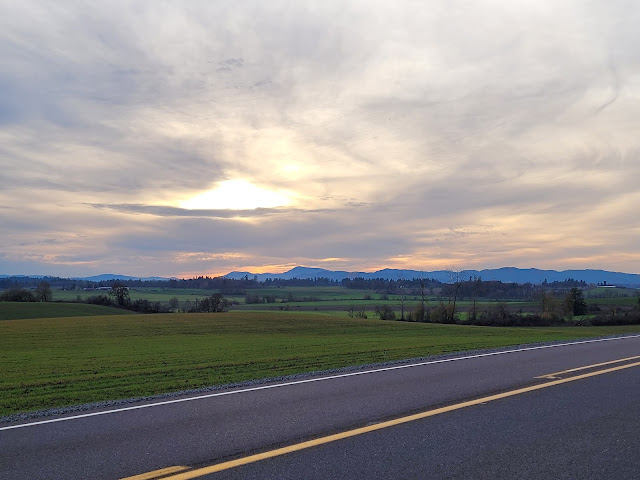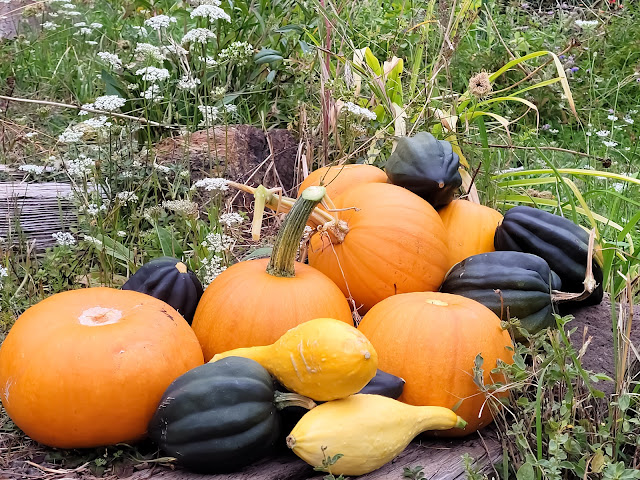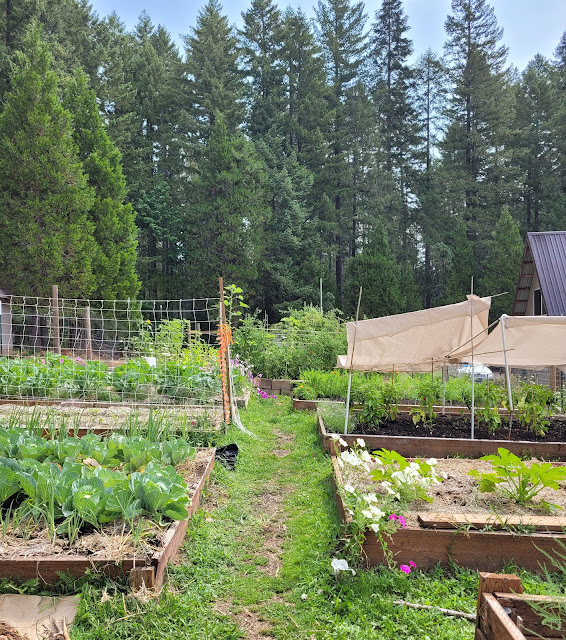Navigating the Chemical Maze: A Guide to Safeguarding Your Environment
Navigating the Chemical Maze: A Guide to Safeguarding Your Environment In the hustle and bustle of daily life, it's easy to overlook the invisible threats lurking in the products we use every day. From the cleaners we use to sanitize our homes to the personal care items we apply to our bodies, harmful chemicals often hide in plain sight, posing potential risks to both personal health and the environment. In this exploration, we delve into the importance of examining the products we use, seeking out alternatives, and developing a deeper understanding of product labels to safeguard our environment and well-being. The first step in safeguarding our environment is to critically examine the products we bring into our homes. Many commonly used household items contain a cocktail of chemicals that can be harmful to both human health and the ecosystem. For instance, certain cleaning products may contain chlorine bleach, ammonia, and other harsh chemicals that can irritate the skin, eyes, a





